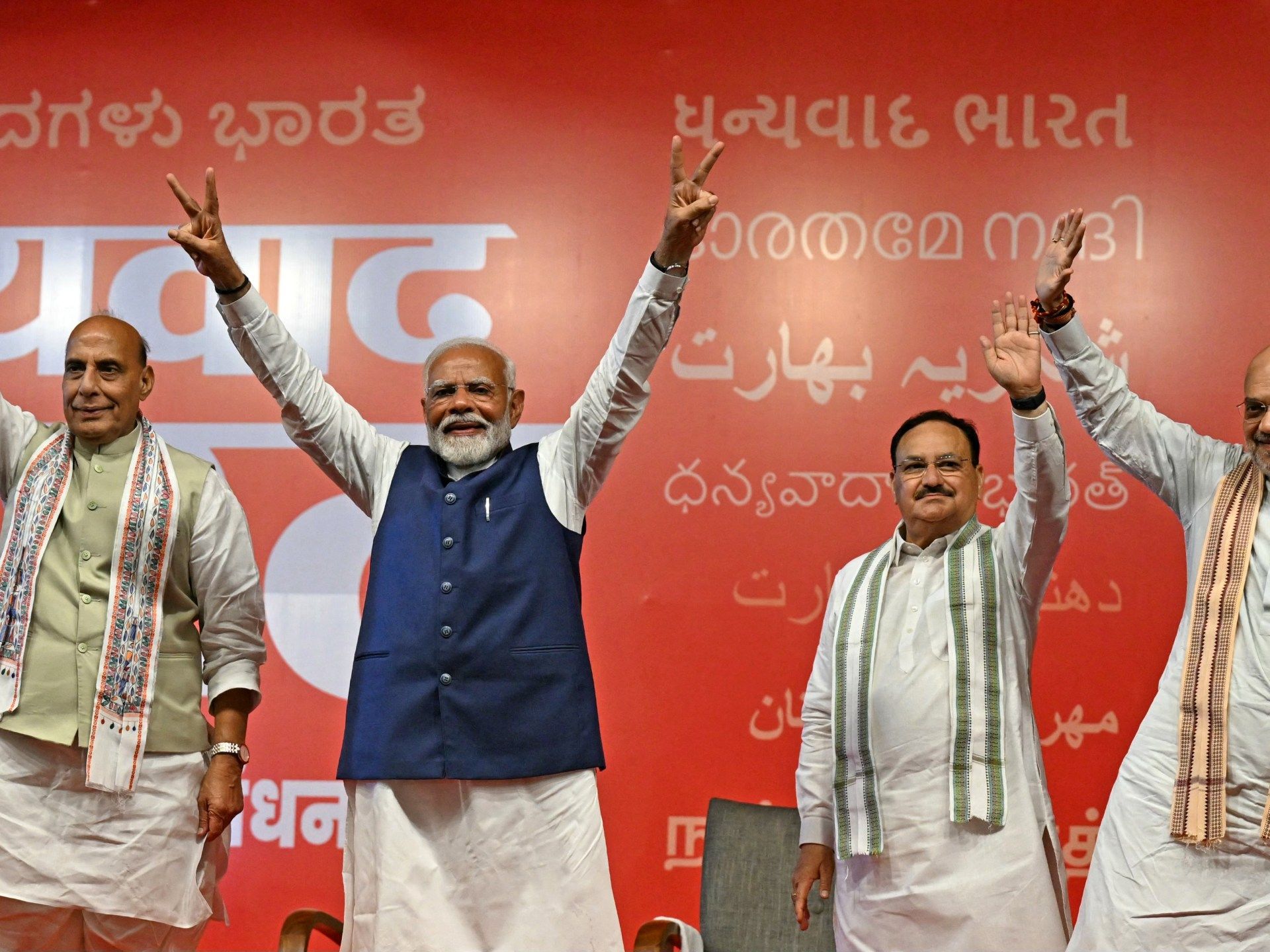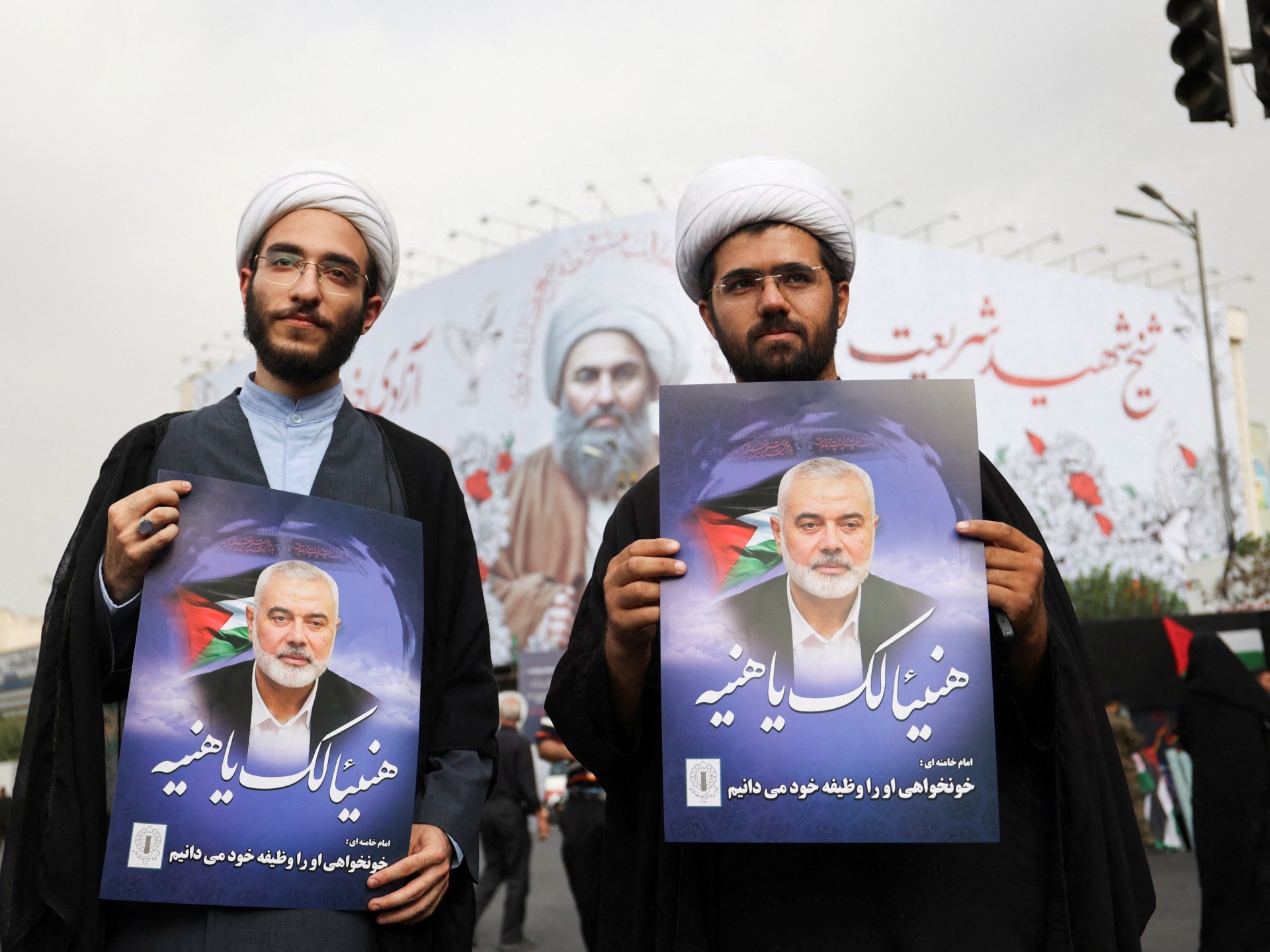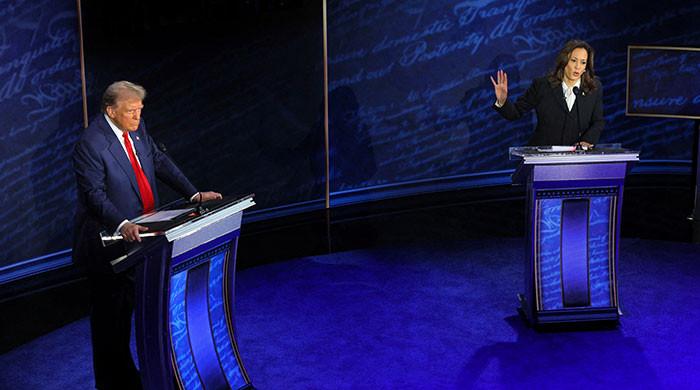Indian Prime Minister Narendra Modi and his Bharatiya Janata Party (BJP) campaigned on India's considerable economic expansion in the run-up to the country's recent national elections.
Since Modi came to power in 2014, GDP per capita has risen from about $5,000 to more than $7,500.
India's GDP growth reached 8.4 per cent in the financial year ending March, making it by far the fastest growing major economy.
At the same time, the economy is producing much less impressive data, including a high unemployment rate, which rose to 8.1 percent in April from 7.4 percent in March.
It is this statistic, along with high inflation, that has been touted as a key reason for the weaker-than-expected performance of the BJP, which won 240 seats, well below its previous figure of 303 and short of the 273 needed. to form a government on his own.
While Modi has formed a government with the help of his National Democratic Alliance partners, his reliance on smaller parties changes the equation for a leader who won absolute majorities during his previous two terms as prime minister.
“This is going to be really unusual for Prime Minister Modi,” Vina Nadjibulla, vice-president of research and strategy at the Asia Pacific Foundation of Canada, told Al Jazeera.
“That was partly why the markets reacted the way they did,” Nadjibulla added, referring to the sharp drop in Indian stocks following the election result.
Nadjibulla said investors are concerned that Modi will not be able to push through the reforms needed to address problems such as high unemployment.
Despite strong overall economic growth, almost half of India's population is still employed in the relatively unproductive agricultural sector, a proportion that increased during Modi's second term, from 42.5 percent in 2018-19 to 45 .8 percent in 2022-23, according to Oxford Economics. report.
Young people, in particular, suffer from lack of employment: in 2022-23, the youth unemployment rate was approximately 10 times higher than the adult rate, according to the report.
It is “ironic” that India's robust growth under Modi's government “has come at the cost of the economic stability of the lower classes,” Michael Kugelman, director of the South Asia Institute at the Wilson Center, told Al Jazeera. .
In its third term, the Modi government will have to find a way to help the poorest Indians in a way that goes beyond building infrastructure, Kugelman said.
“Overall, it will be a very ambitious economic agenda,” he said.
Manufacturing vs. service work
Much has been made of India's drive to boost manufacturing, create jobs and attract global brands seeking to establish alternative supply chains in the face of trade tensions between the United States and China.
However, India's “Make in India” initiative has done little to create jobs for the large segment of the population still employed in agriculture.
One reason for this is that the government has largely focused on promoting higher value-added but less labor-intensive sectors, such as electronics, Alexandra Hermann, senior economist at Oxford Economics, told Al Jazeera, adding that this probably wouldn't change.
Another oft-cited reason is the lack of “big bang” reforms in land and labor standards, experts say, that are necessary to generate the kind of major investment needed to truly expand manufacturing.
While the Modi government has failed to make significant progress in this area – despite having large majorities in parliament – experts say its coalition partners could now help pave the way for some of those measures, as jobs will benefit all voters.
Coalition partners could also help the Modi government make some progress on its so far failed land and labor reform efforts, which have been highlighted as a necessary step to attract more manufacturing investment.
“There will have to be some coordination with the state governments… and the coalition partners are regional parties that will have a lot of influence in some parts of the country and that is where a coalition government will be very useful for Modi and the BJP,” Kugelman . saying.
For now, rather than relying on manufacturing, India's growth story has been largely driven by services, which experts say will only be able to continue in the long term and create sustainable and inclusive growth if levels increase. of human capital.
“Raising human capital levels broadly will be crucial to creating inclusive and sustainable growth in the medium and long term,” Hermann said.
“Although India is home to some of the best technology and management universities that train global business leaders, it is the quality of primary and secondary education that still leaves the Indian population, on average, relatively unskilled. [But in its manifesto] the BJP failed to commit to the higher spending target,” Kugelman said.
Kugelman agreed.
“Some of the fastest growing sectors are services, but the workforce is not equipped for those jobs and there is a complete mismatch,” he said.

'Conditions for private investment'
Ultimately, however, GDP growth and job creation are driven primarily by private investment, said Ajay Shah, a Mumbai-based economist.
Private investment has not fared well in India since 2009 or 2011, depending on which measure is used, so “the organizing principle of economic policy should be to create conditions for private investment,” Shah told Al Jazeera.
Part of the reason for the lack of success in this area has been excessive central planning of economic policy, Shah said.
“This,” he said, “creates political risk. Government forces behave in unpredictable and personalized ways. This creates risks for individuals.”
Shah expressed hope that the incoming coalition will be better positioned to address these issues.
“There are more checks and balances,” he said.












